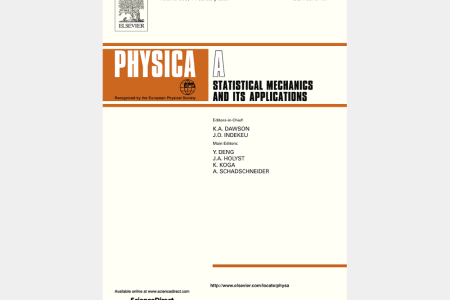SWOV researcher van Nes coauthored the article 'Empirical findings on infrastructure efficiency at a bicycle T-junction' in the magazine Physica A: Statistical Mechanics and its Applications.
In the pursuit of promoting cycling and providing better cycling infrastructure, its design is of great importance. One of the critical locations in a network are intersections, and specifically T-junctions, due to the inverted perception of priority. In this paper, we investigate the behaviour at T-junctions dedicated to cyclists and the effect on bicycle flow efficiency resulting from the introduction of lane markings that advise through cyclists to shift to the left so that merging cyclists can occupy the space on the right hand side of the cycle path. A comprehensive framework is proposed for the assessment of the T-junction efficiency. Empirical trajectory data from a large-scale cycling experiment are used for the analyses.
The findings suggest that cyclist heterogeneity can be even more influential on the efficiency than the infrastructure design. Moreover, a form of self-organisation is observed, as through cyclists are willing to move to the left and allow merging cyclists to fit in the cycle path without the provision of any instructions. This means that the lane marking is both redundant and not improving the efficiency of the T-junction.

